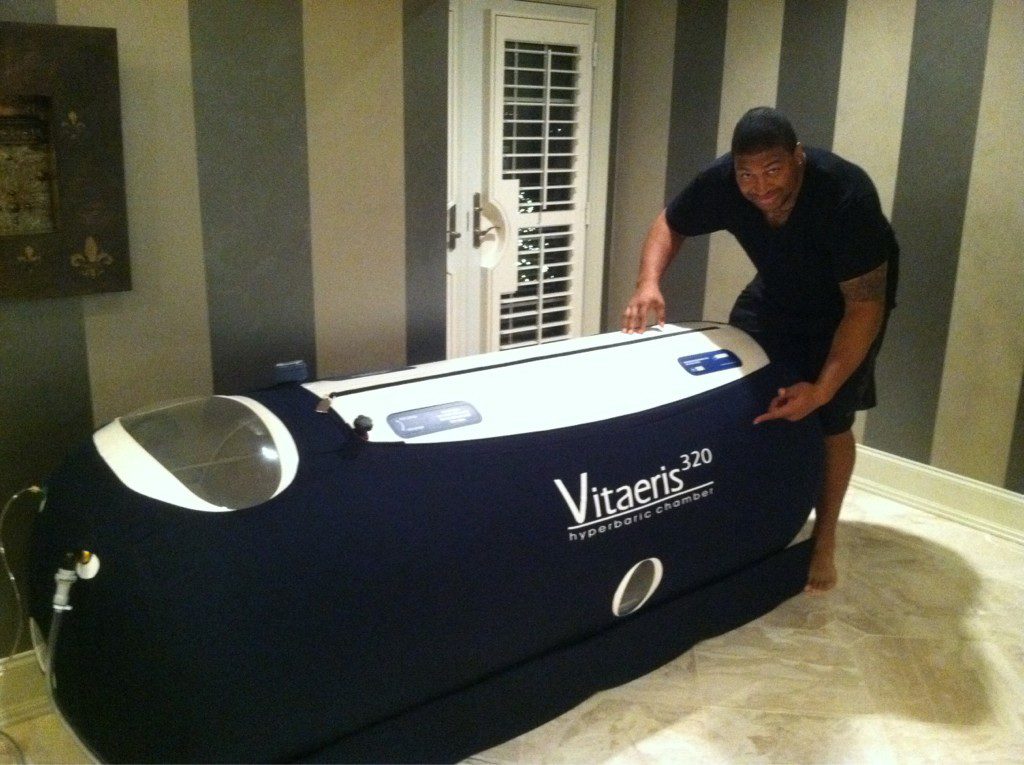New Study Finds Hyperbaric Chamber Effective Against Ulcerative Colitis
Ulcerative colitis is a bowel disease causing ulcers and inflammatory responses in the entire digestive tract. As a result, the inner lining of your rectum and colon (large intestine) is affected. These patients develop symptoms slowly as the disease progress, including diarrhea, rectal bleeding, and abdominal pain. If not treated on time, ulcerative colitis can increase the risk of developing colon cancer. Hyperbaric Chamber can be a life changing solution for this.
The disease hampers the daily lifestyle of the patient, and it becomes more painful with time because we have no cure for the disease. Doctors are only able to suggest assistive treatment to ease the pain and other symptoms.
Hyperbaric oxygen therapy is a treatment showing promising results. It helps reduce inflammation and improve the quality of life of the patient. This article will review the impact of ulcerative colitis on the body, hyperbaric therapy for the disease, and hyperbaric chamber prices.
What is Hyperbaric Therapy?
Hyperbaric oxygen therapy is an oxygen treatment involving pure oxygen. The patient receiving the therapy inhales 100% oxygen in a pressurized tube or chamber. Ideally, in natural air, we breathe 21% oxygen. But, during HBOT, our body inhales pure oxygen, promoting healing.
When we are breathing normally, like right now, our body is inhaling oxygen from the air, and red blood cells are transporting this oxygen to every cell and tissue of the body. This is how our body produces energy and carries out different tasks. However, if there’s a disease or injury, inflammation occurs at sites inside the body, which blocks oxygen flow to some extent. Hence, normal processes are restricted, and recovery is slow because diseased tissues are not receiving proper oxygen supply.
During hyperbaric oxygen therapy, the patient sits inside a chamber with pure oxygen. This chamber is pressurized, allowing bodily fluids to carry oxygen, involving cerebral spinal fluid, lipids, and plasma. With this, our body is hyper-oxygenated, which helps treat inflammation and trigger healing processes.
Think of HBOT as a bottle of soda. When we have not opened the bottle of soda, the pressure is high, and air bubbles are trapped inside the liquid. This is because, at high pressure, gases dissolve in liquid. However, if we open this bottle of soda, the pressure releases, and we instantly see bubbles rising. This is the science used for hyperbaric chamber therapy.
The therapy is used for carbon monoxide poisoning, decompression sickness, and many other diseases. Even athletes use HBOT to recover quickly. Check hyperbaric chamber prices.
How Does Hyperbaric Oxygen Therapy Affect Ulcerative Colitis?
A hyperbaric chamber has proven beneficial in the treatment of severe and moderate ulcerative colitis patients. The therapy offers pure oxygen to the patient, which reduces inflammation and improves healing. With just 4-5 sessions, many patients start feeling better. Many symptoms like bleeding and pain reduce because the body starts healing.
It is necessary to note that the therapy has a lasting impact. The patient experiences the benefit even when they have completed the session. Therefore, a few sessions, as guided by the physician, can help improve symptoms associated with ulcerative colitis.
In a study, patients were experiencing extreme symptoms. As the researcher explained, these patients were on the verge of going through risky major surgeries. However, with five HBOT sessions, bleeding reduced, and these patients were able to live a regular life. If you are experiencing a similar issue, check the hyperbaric chamber price and purchase one for improved health.
HBOT Trial for Ulcerative Colitis
Hyperbaric oxygen therapy is an oxygen treatment that helps reduce inflammation in ulcerative colitis. The following trial examines how the molecular mechanism of the therapy helps improve the symptoms of ulcerative colitis.
At the onset of the study, researchers collected tissue, biopsies, and fecal sample for the HBOT trial. These fecal samples and biopsies were passed through metabolomics, metaproteomic, metagenomics, and 16s rRNA sequencing. The tissues were passed through digital spatial profiling and RNA sequencing for protein analysis, single-cell RNA, and immunohistochemistry. The fecal sample was also passed through colonization experiments in UC mouse models.
With consistent HBOT sessions, the azurophilic granule activity and neutrophil STAT3 in ulcerative colitis patients remained the same. The metabolism and microbial composition changed such that colitis activity was reduced in patients with HBOT therapy.
In another research, 19 HBOT trials were evaluated, of which six were ulcerative colitis, and 13 were Crohn’s disease. In both, patients were experiencing severe inflammation and other associated symptoms of the disease.
From these, one Crohn’s disease study explained a reduction in proinflammatory cytokines, and another study for UC explained a decrease in IL-6 due to regular HBOT sessions.
In another publication involved in the study, an animal model containing inflammatory bowel disease was tested for HBOT. The sample population had decreased inflammation.
Overall, with the proper administration of HBOT therapy, oxidative stress and inflammation reduction in the digestive tract, in both animal and human trials.
Conclusion
Ulcerative colitis is a critical disease-causing consistent discomfort to the patient and hampering the quality of life. The patient slowly develops symptoms that cause extreme pain, bleeding, and inflammation in the body. While we have assistive treatment, they only help manage the pain. Many patients have to go through surgery as an extreme measure to reduce the pain and discomfort.
Hyperbaric therapy helps reduce symptoms by managing oxidative stress and inflammation. Find out more about how the HBOT chamber works and explore hyperbaric chamber prices.




